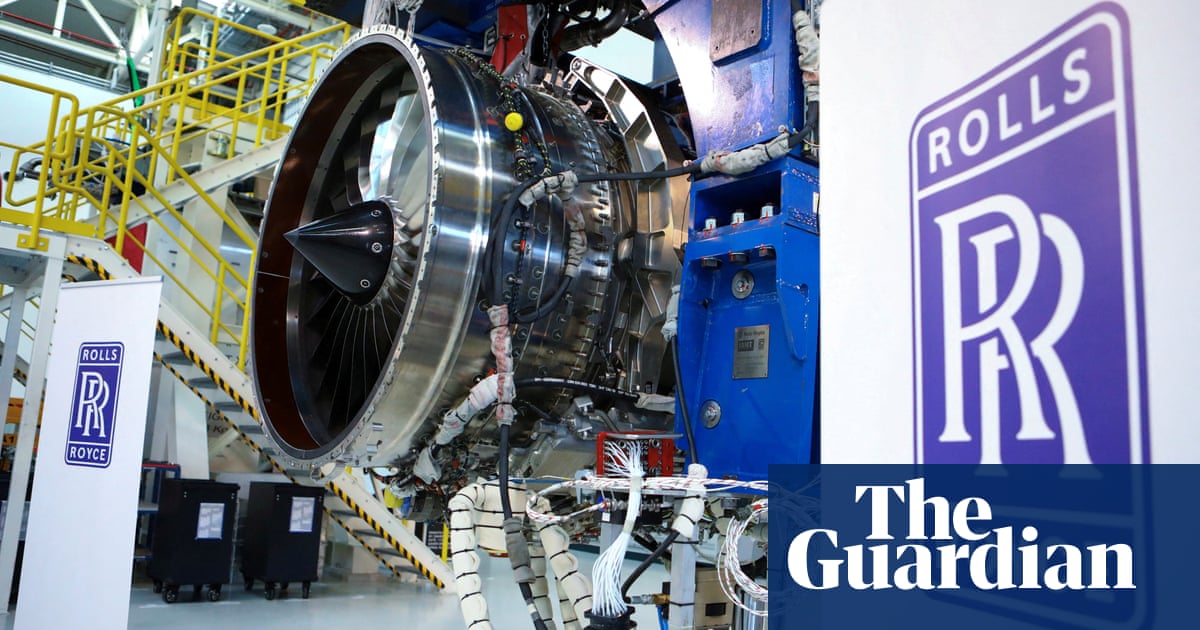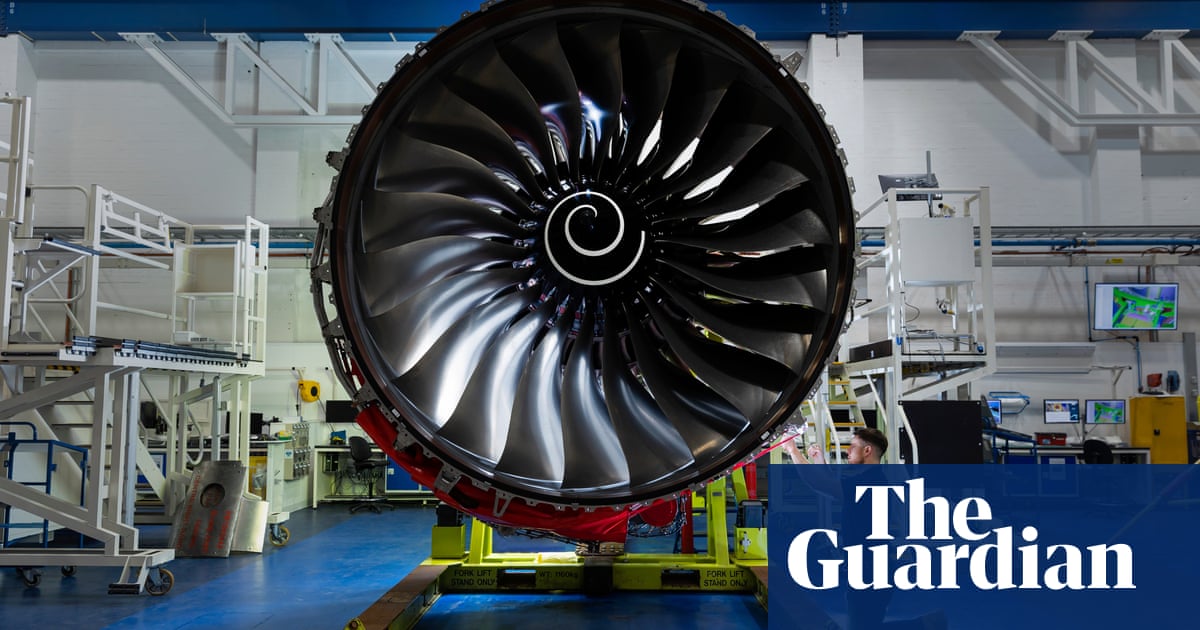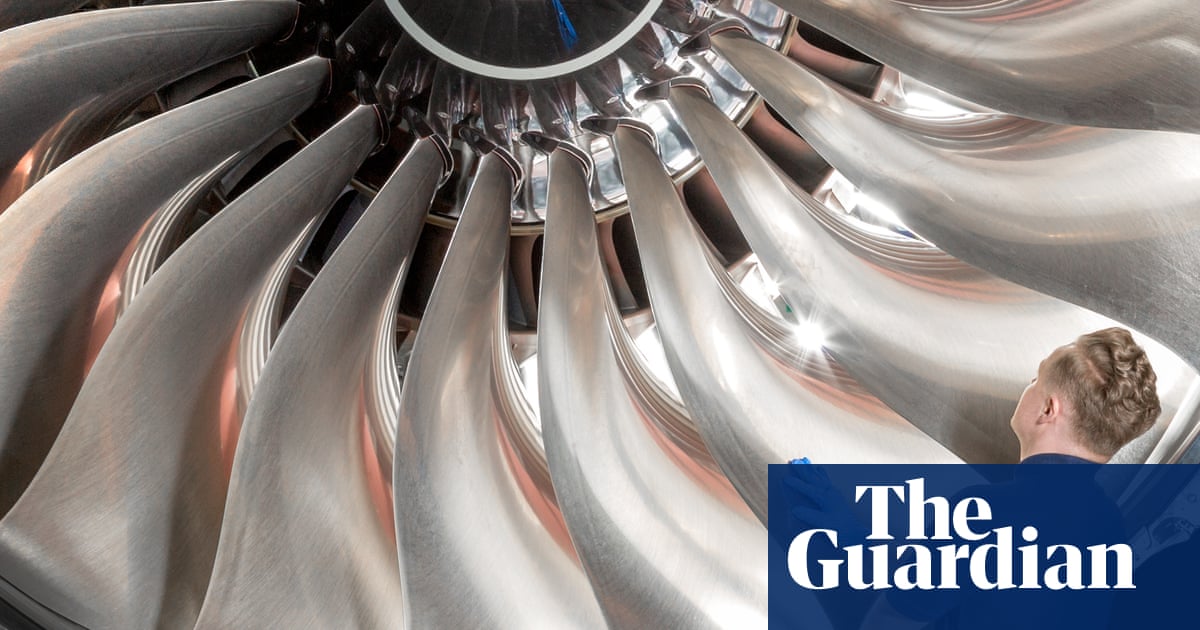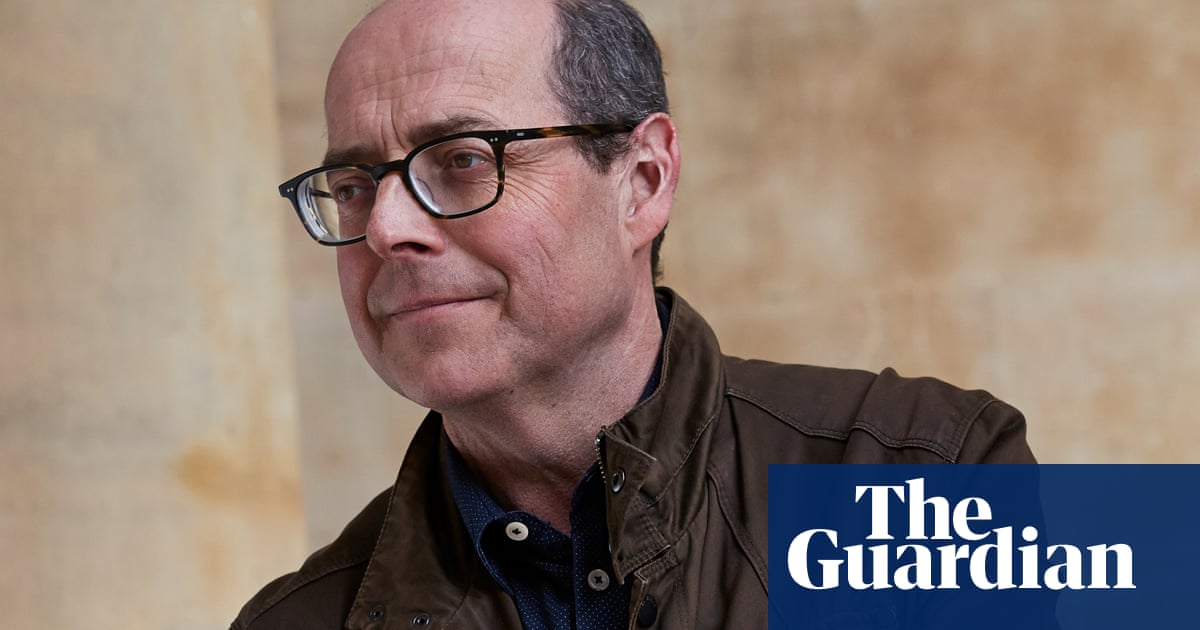
The boss of Rolls-Royce has said the company should have been quicker to increase charges for servicing its jet engines after price rises helped the company to a fivefold surge in profits.
The FTSE 100 engineering company made an underlying operating profit of £673m between January and June, up from £125m in the same period last year, it said in a statement to the stock market on Thursday.
Tufan Erginbilgic, who took over the company in January, said raising servicing prices was an “obvious” but not “easy” intervention, but denied that the company was adding to inflationary pressure in the economy.
Rolls-Royce engines power aircraft such as Airbus’s A350 and A380 and the Boeing 787 Dreamliner. The company also charges for maintenance depending on the number of hours the engines fly.
“Big inflation escalations happened last year,” Erginbilgic said. “If companies benefited, they benefited last year. It wasn’t us at all.
“In a way, this company should have priced things in the right way rather than losing money on them,” the chief executive added. Rolls-Royce raised prices in the civil aerospace division by 12%, while also selling more services to airline customers.
Rolls-Royce had already surprised investors last week by upgrading its profit expectations, prompting a share price surge. Erginbilgic said the company had “a lot more to do” in a turnaround plan he launched on joining in January, though he said the rate of improvements would slow from this point.
Rolls-Royce has also made redundancies after cutting some smaller projects – the total number is thought to be less than 100 and concentrated in its “indirect” workforce, such as managers and support staff rather than workers in factories. Other actions include buying non-specialist items such as tables and chairs centrally.
Erginbilgic will present a more in-depth strategic review of the business in November. He said in June that the company would be ready to re-enter the booming market for engines for smaller single-aisle aircraft, but the review is likely to focus on ways to improve investor returns in the existing businesses.
Rolls-Royce’s share price initially dropped before gaining almost 4% on Thursday. It is up more than 80% over the year so far in a sign that investors are welcoming the renewed focus on profitability.
The new chief executive has in some ways been lucky with timing, as the start of his tenure came as the end of Chinese coronavirus restrictions prompted a further recovery in flight numbers. That helped underlying revenues to rise 31% year on year to nearly £7bn for the six months.
However, Erginbilgic argued that his actions had driven much of the improvement in performance, and highlighted that there was scope for further recovery in the number of hours its engines were in the air as Chinese international travel returned. He said the current figures had been “achieved when flying hours are 83%, and in an environment of supply chain issues. We are really expanding the earnings and cash potential of the business.”
Rolls-Royce’s defence business, which mainly constructs the nuclear reactors powering the UK’s submarine fleet, has also been boosted by the Aukus defence pact between Australia, the UK and the US. The reactors will power a fleet of Australian submarines from the 2040s onwards.
It came a day after BAE Systems, the UK’s largest defence company, reported record orders, with demand for weapons boosted by Russia’s invasion of Ukraine. BAE makes the submarines that use Rolls-Royce reactors, and will also be a major beneficiary of the Aukus pact. It also makes ships and fighter jets.
Rolls-Royce achieved the results despite a £98m provision after it lost a legal battle over a contractual dispute in the UK high court with Goodrich Corporation, an engine parts company ultimately controlled by the US manufacturer RTX.
RTX, recently rebranded from Raytheon Technologies, owns Rolls-Royce’s rival engine manufacturer Pratt & Whitney.












